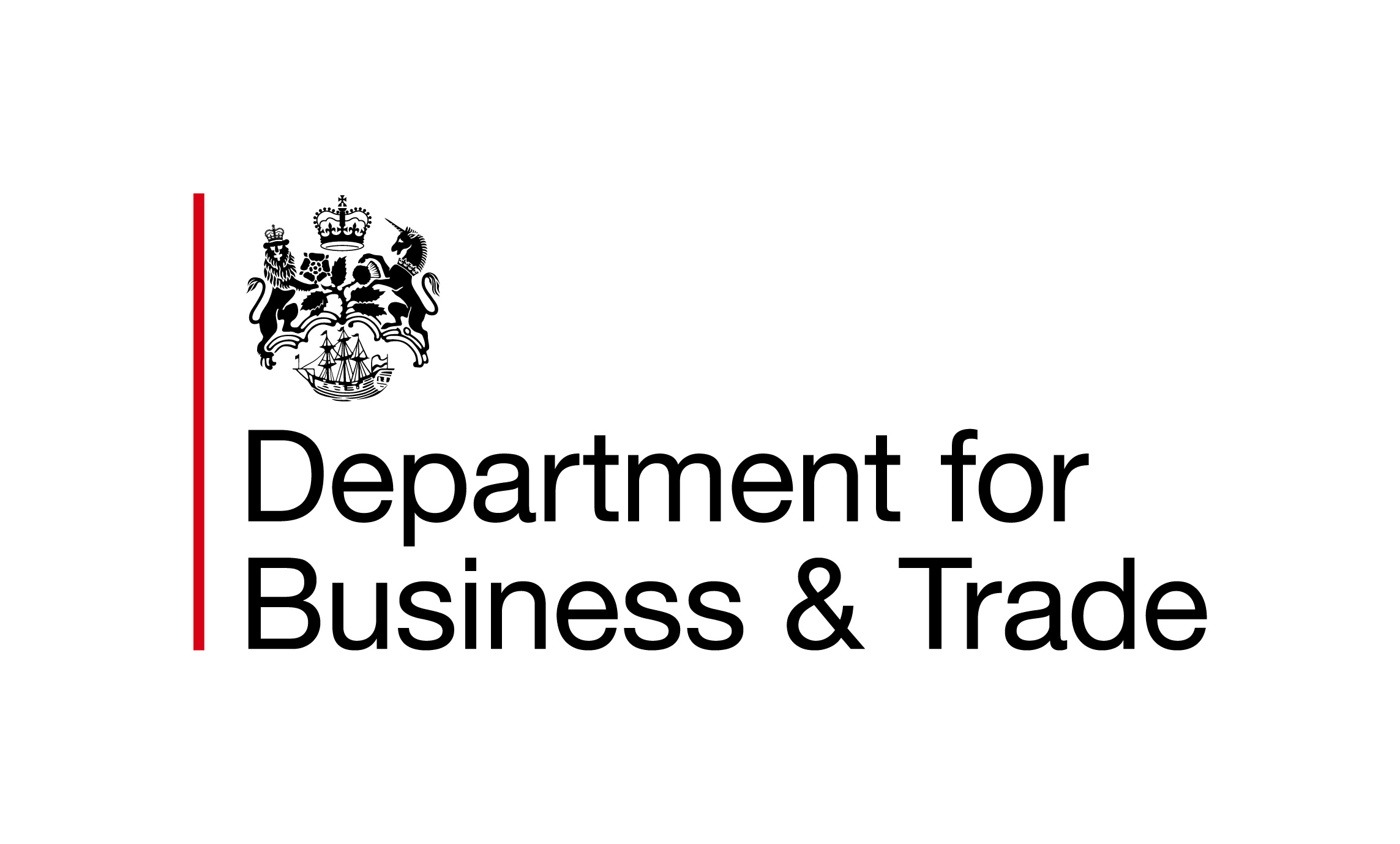Is small lending too big to fail? Covid-19 and P2P lending to SMEs
Over the last decade, the landscape of SME finance has changed dramatically. In the aftermath of the financial crisis, while traditional bank lending experienced a sluggish recovery, a new model of online marketplace (P2P) business lending emerged. Funding Circle, started in 2010, was the world’s first P2P platform to fund business loans and seemed to provide an interesting alternative, particularly for micro and small businesses.
Facilitated by increased access to the Internet and other technological innovations, P2P business lending has registered explosive growth: from nil in 2009 to a substantial £2.37bn in 2018 according to the British Business Bank’s estimates. Let’s put this into perspective: it represents more than 4% of gross bank lending flows[i]. Other estimates show that P2P business lending was equivalent to 9.5% of total new loans issued to SMEs by UK banks in 2017 and even up to 29% (upper-bound estimate) if the size of business is taken into account[ii].
Online platforms appeal especially to micro and small businesses: the typical loan is £50k and contracted for 5 years. This is exactly the type of businesses targeted by a new “Bounce Back Loans” scheme announced by the UK Chancellor, Rishi Sunak, on April 27th. The evidence suggests that small businesses turn to online platforms not only as a bridge solution, to finance working capital or asset purchase, but more and more as a means to finance business growth[iii].
Until the beginning of the pandemic, platforms performed quite well. The research finds that pre-screening by platforms was efficient, as risk grades were a good predictor of default on loans[iv]. Higher return on investment attracted individual lenders/investors who were driven mainly by pecuniary motivations. Small businesses feeling that traditional banks were disinterested in them turned to P2P platforms attracted by the speed and ease of the loan application process.
The Covid-19 pandemic brought an unexpected change. It’s not surprising that P2P platforms face serious liquidity problems. They need, on one hand, to reassure and placate investors who (may have) started to withdraw their money (some platforms have already paused money withdrawal from the accounts or informed customers of increasing delays). The quality of the P2P loan portfolios, even if they were solid before the pandemic crisis, is now a concern. It is investors who bear the loan risk, but platforms still need new loans to occur regularly to collect fees to cover their costs. In other words, P2P lending platforms could be facing the worst of the “bank run” scenario: when a sufficient number of investors decides to withdraw money due to their own difficulties or when they lose capital due to firms’ inability to reimburse loans, there will be little investment both to keep the platforms going, and even more importantly to channel resources to SMEs.
On the other hand, they face an increase in demand from businesses who look for solutions for their cash flow problems. One major force of online P2P platforms is the rapidity of loan approval which is hard to maintain in the current situation. This may become essential not only during the crisis, but also in the immediate aftermath, assuming that there will be sufficient “entrepreneurial spirit” and appetite for new loans.
Let us assume that we do have sufficient evidence of the systemic importance of P2P lending platforms for micro and small business lending. What does this mean in the context of the current pandemic crisis and the economic crisis that will follow? If we are convinced that P2P business lending platforms emerged and grew after the previous financial crisis for good reason and that they provide much needed services, it follows that they may become also crucial facilitators of these specific financial flows. Put simply, we adopt a similar reasoning to the well-known arguments concerning “too big to fail” banks (bearing in mind important differences between financial intermediaries such as banks and P2P platforms). But would intervention be desirable in this particular market, and if so what form should this take? We suggest this could be structured around three, more or less decisive, types of intervention:
- Supporting P2P business lending platforms by recognising the crucial role they are playing by channelling funds to SMEs and the self-employed. This would aim to preserve the infrastructure and business knowledge/networks of the P2P business lending platforms, as to enable them to be quickly operational as and when necessary. The accreditation of Funding Circle under the Coronavirus Business Interruption Scheme (CBILS) indicates that a first significant step in this direction has been taken.
- Institutional investors could become more active players on (a range of) these platforms. This intervention does not need to be sufficient to cover all credit needs, but it should be enough to provide a signal that some liquidity is available; more importantly it should act as a signal to investors, boosting their confidence (and allowing the P2P platforms to have enough liquidity to pay back, even with a short delay, some of the investors who want to pull out, thus preventing the “bank run” type reaction).
- Supporting and encouraging P2P business lending platforms to apply a grace period and to develop deferred payment plans for businesses experiencing financial difficulties due to Covid-19.
No doubt, the current crisis touches on every person and every business and will have long lasting implications. There is no doubt that a wide range of economic policy instruments will be needed to support both livelihoods and a potential creative transformation of the economy in the future. And in this process, finance does matter.
Anastasia Ri, Research Fellow, ERC
Kamilya Suleymenova, Lecturer in Economics, University of Birmingham
Please note that the views expressed in this blog belong to the individual blogger and do not represent the official view of the
Enterprise Research Centre, its Funders or Advisory Group.










